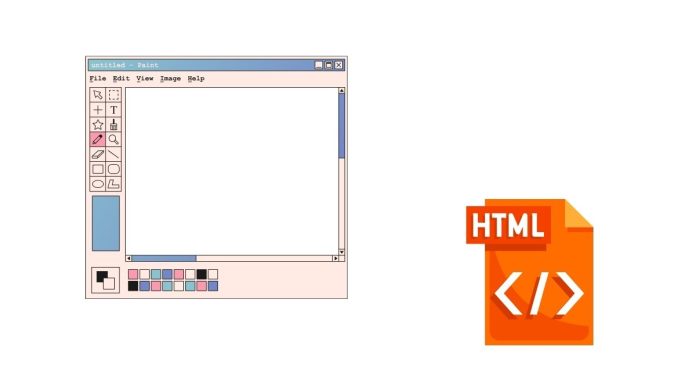To move text in HTML, you can use CSS (Cascading Style Sheets) for positioning. There are several ways to move text around, depending on how you want to position it. Below are some common methods:
1. Using text-align for horizontal alignment:
To align text horizontally (left, center, or right), use the text-align property.
<!DOCTYPE html>
<html lang="en">
<head>
<meta charset="UTF-8">
<meta name="viewport" content="width=device-width, initial-scale=1.0">
<title>Move Text Example</title>
<style>
.center-text {
text-align: center;
}
</style>
</head>
<body>
<div class="center-text">
This text is centered horizontally.
</div>
</body>
</html>
2. Using margin for moving the text:
You can move the text by adding margin to the container. This method is good for simple adjustments.
<!DOCTYPE html>
<html lang="en">
<head>
<meta charset="UTF-8">
<meta name="viewport" content="width=device-width, initial-scale=1.0">
<title>Move Text Example</title>
<style>
.move-text {
margin-left: 50px; /* Moves text 50px to the right */
}
</style>
</head>
<body>
<div class="move-text">
This text is moved 50px to the right.
</div>
</body>
</html>
3. Using position for precise control:
With position: relative or position: absolute, you can move text freely within its container.
relativepositioning: Move the text relative to its normal position.
<!DOCTYPE html>
<html lang="en">
<head>
<meta charset="UTF-8">
<meta name="viewport" content="width=device-width, initial-scale=1.0">
<title>Move Text Example</title>
<style>
.relative-move {
position: relative;
left: 30px; /* Moves text 30px to the right */
}
</style>
</head>
<body>
<div class="relative-move">
This text is moved 30px to the right.
</div>
</body>
</html>
absolutepositioning: You can place the text anywhere within the nearest positioned ancestor.
<!DOCTYPE html>
<html lang="en">
<head>
<meta charset="UTF-8">
<meta name="viewport" content="width=device-width, initial-scale=1.0">
<title>Move Text Example</title>
<style>
.absolute-move {
position: absolute;
top: 50px; /* Moves text 50px from the top of the page */
left: 100px; /* Moves text 100px from the left of the page */
}
</style>
</head>
<body>
<div class="absolute-move">
This text is positioned absolutely.
</div>
</body>
</html>
4. Using transform for more dynamic movement:
The transform property can move text by specifying translate.
<!DOCTYPE html>
<html lang="en">
<head>
<meta charset="UTF-8">
<meta name="viewport" content="width=device-width, initial-scale=1.0">
<title>Move Text Example</title>
<style>
.transform-move {
transform: translateX(100px); /* Moves text 100px to the right */
}
</style>
</head>
<body>
<div class="transform-move">
This text is moved using transform.
</div>
</body>
</html>
5. Using padding to add space around the text:
You can also use padding to add space around the text inside its container.
<!DOCTYPE html>
<html lang="en">
<head>
<meta charset="UTF-8">
<meta name="viewport" content="width=device-width, initial-scale=1.0">
<title>Move Text Example</title>
<style>
.padding-move {
padding-left: 50px; /* Adds 50px space to the left */
}
</style>
</head>
<body>
<div class="padding-move">
This text is moved by adding padding to the left.
</div>
</body>
</html>
These are some common methods to move or position text in HTML. You can combine them for more complex layouts or animations.


